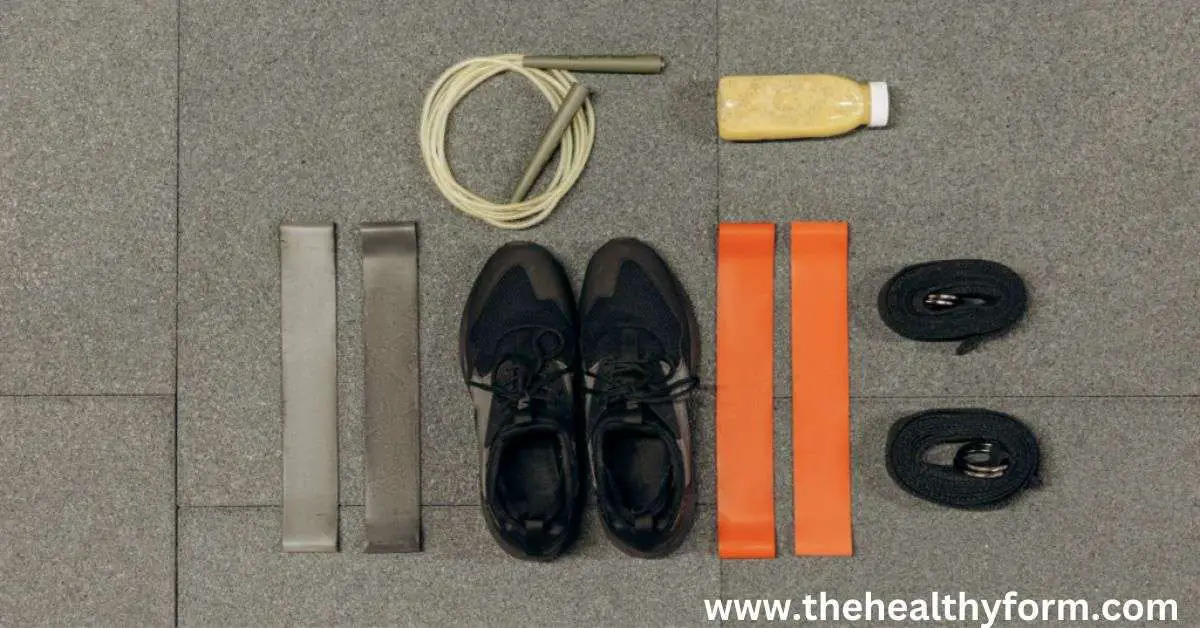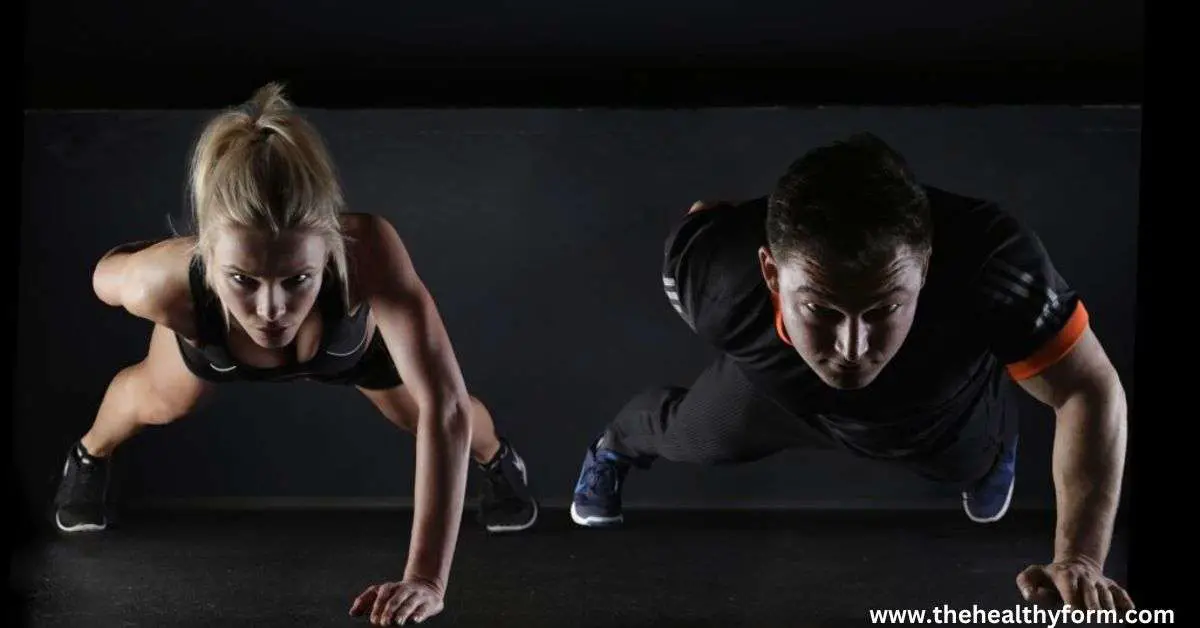How Stretching Can Improve Flexibility and Health
Discover how stretching can improve flexibility and health. Learn about different techniques and how stretching into your fitness routine can enhance performance and prevent injury. Stretching is essential to any fitness routine and can significantly impact flexibility and overall health. In this blog post, we will explore the various benefits of stretching, including how it can improve flexibility, prevent injury, and promote overall health.

Benefits of Stretching for Flexibility and Health
Stretching is an excellent way to increase flexibility, which can help to reduce the risk of injury and improve overall mobility. When done correctly, stretching can help to lengthen the muscles and increase the range of motion in the joints. This can improve posture and balance and reduce muscle soreness. Additionally, stretching can help to improve athletic performance and reduce the risk of injury during physical activity.
Best Stretching Exercises for Increased Flexibility and Health
Many different stretching exercises can be used can use many different stretching exercises to improve flexibility and overall health. Some of the best stretching exercises include:
- Hamstring stretches: These stretches are great for the muscles in the back of the legs and can help improve flexibility in the hips and lower back.
- Quad stretches: These stretches are great for the muscles in the front of the legs and can help improve flexibility in the hips and knees.
- Shoulder stretches are great for the shoulders’ muscles and can help improve shoulder and upper back flexibility.
- Chest stretches: These stretches are great for the muscles in the chest and can help improve flexibility in the chest and upper back.
- Back stretches: These stretches are great for the muscles in the back and can help improve flexibility in the back and spine.
It’s important to note that stretching should be done after warming up the muscles before any physical activity and holding each stretch for at least 30 seconds.

Static vs Dynamic Stretching for Flexibility and Health
There are two main types of stretching: static stretching and dynamic stretching. Static stretching involves holding a stretch for a certain amount, usually 30 seconds or longer. On the other hand, dynamic stretching consists of moving through a range of motion while stretching.
Static stretching is best used as a cool-down after physical activity and can help to reduce muscle soreness and improve flexibility. On the other hand, dynamic stretching is best used as a warm-up before physical activity and can help improve flexibility and reduce the risk of injury.
Stretching and Athletic Performance
Stretching is also essential for athletes, as it can help to improve athletic performance and reduce the risk of injury. When done correctly, stretching can help increase the range of motion in the joints, improving power and speed. Additionally, stretching can help to reduce muscle soreness, which can help to improve recovery after physical activity.

Stretching and Posture
Stretching can also help to improve posture and reduce back pain. When done correctly, stretching can help lengthen the muscles and increase the range of motion in the joints, leading to improved posture. Additionally, stretching can help to reduce muscle soreness, which can help to reduce back pain.
Stretching and Circulation
Stretching can also help to improve circulation, which can boost energy levels. When done correctly, stretching can help increase blood flow to the muscles, which can help improve circulation. Additionally, stretching can help to reduce muscle soreness, which can help to reduce fatigue.
The numerous benefits of stretching include improved flexibility, reduced risk of injury, improved athletic performance, improved posture, reduced back pain, improved circulation, and increased energy levels.
When choosing stretching exercises, focusing on the specific muscles you want to target is important. It will help ensure you get the most out of your stretching routine. Additionally, it’s important to use proper stretching techniques to ensure you are not putting yourself at risk for injury.
There are two main types of stretching: static stretching and dynamic stretching. Static stretching is best used as a cool-down after physical activity and can help to reduce muscle soreness and improve flexibility. On the other hand, dynamic stretching is best used as a warm-up before physical activity and can help improve flexibility and reduce the risk of injury.
It’s also important to note that stretching should be done regularly, not just when you feel tight or sore. Regular stretching can help to prevent muscle soreness and injury and can help to improve flexibility and overall health.
FAQ about How Stretching Can Improve Flexibility and Health
Some of the most common questions people have about how stretching can improve flexibility and health are:
What is stretching?
Stretching extends the muscles and joints to maximum capacity to increase flexibility, range of motion, and circulation.
Why is stretching important?
Stretching is important because it can help prevent injuries, improve flexibility, increase range of motion, and improve overall physical health.
How does stretching improve flexibility?
Stretching helps to lengthen the muscles, which increases their range of motion and flexibility. It also helps to improve joint mobility by increasing the range of motion in the joints.
What are some examples of stretching exercises?
Some stretching exercises include static stretching, dynamic stretching, and PNF (proprioceptive neuromuscular facilitation) stretching. Examples of specific stretches include hamstring stretches, quadriceps stretches, and calf stretches.
When is the best time to stretch?
The best time to stretch is when the muscles are warm and pliable, such as after a workout or a warm-up.
How long should I stretch for?
It is generally recommended to hold each stretch for 15-30 seconds and repeat each stretch 2-4 times.
Conclusion
Stretching is a crucial aspect of any fitness routine and should be incorporated into your daily routine. It positively impacts flexibility, injury prevention, athletic performance, posture, back pain, circulation, and energy levels. Choosing the right stretching exercises and using the proper technique to get the most out of your stretching routine and improve overall health is important. Remember to stretch regularly and not only when you feel tight or sore. Incorporating stretching into your daily routine will provide long-term benefits for your body and overall well-being.





